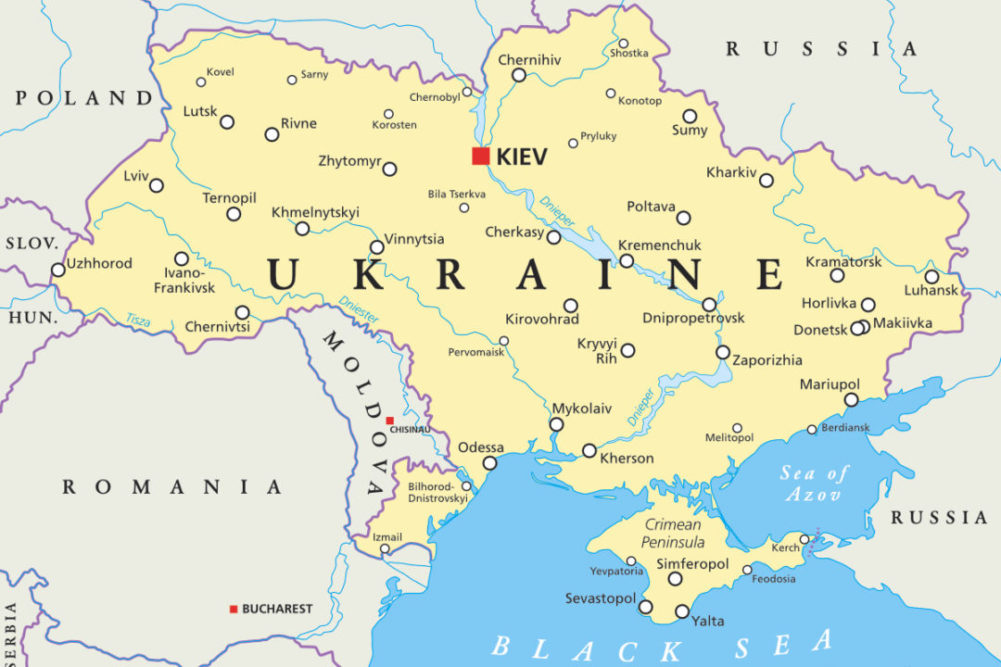LONDON – Concerns about possible grain export disruptions from the Russia-Ukraine war and resultant global food insecurity have ratcheted upward, the International Grains Council said in a monthly market update issued March 17.
“With Russia and Ukraine among the world’s largest exporters of grains and oilseeds (and products), the ongoing conflict and resulting spike in agricultural commodity prices has fueled concerns about potential food security risks, especially in import-dependent countries in Near East Asia and Africa,” the IGC said in its Grain Market Report.
The update contains the council’s latest revisions of global grain and oilseeds supply and demand forecasts, but the March report cautioned that the projections should be viewed as “especially tentative and are subject to significant uncertainty.”
“Immediate threats are mainly centered on the disruption to export flows,” the IGC said. “Commercial Black Sea port loadings are currently suspended in Ukraine. Although there are efforts to increase exports via railway routes through the country’s western borders, overall volumes are likely to be limited. An export licensing system was recently introduced for wheat, maize and sunflower seed oil, while shipments of barley, rye, oats and millet are currently banned. While the extent of infrastructure losses is unknown, potential damage to port facilities, railroads and storage silos could impact shipments over the longer term.”
By contrast, the IGC said Black Sea terminals in Russia still were operational in mid-March. Certain ongoing restrictions were in place in the Azov Sea (to the north of the Black Sea), and loadings from Russia may be hampered by trade finance restrictions imposed on Russia and higher ocean freight insurance costs, the Council said.
For the remainder of the 2021-22 year, increased grain and oilseeds exports from India, the United States, the European Union and Brazil are possible, but will only partly offset lower Black Sea shipments.
“With high prices expected to ration demand, 2021-22 world wheat and maize trade is expected to fall short of earlier predictions, while uncertainties prevail for 2022-23,” the IGC said.
Looking ahead to the 2022-23 crop year, the Council said Ukraine faces “significant downside risks” which may have ripple effects, exacerbating tightness in global grain trade supplies. Amid the conflict, Ukraine’s ability to successfully complete the cultivation and harvest of its crops is in doubt given questions about the availability of fuel, farm inputs, labor and, in some cases, access to fields, the Council said. Worries about whether growers will be able to fertilize winter crops and plant spring varieties is mounting.
“The conflict has heightened concerns about tight global fertilizer supply chains, stoked by restricted shipping operations to the region, as well as the latest sanctions on Russia and Belarus, respectively two of the world's leading suppliers of nitrogenous and potash fertilizers,” the IGC said. “Soaring natural gas prices, a key feedstock for nitrogen fertilizer production, has also contributed to recent price gains. With elevated input prices and tight availabilities already a concern before the hostilities, the rising costs of production could impact upcoming acreage decisions and application rates, with possible implications for global yields and crop quality.”
Beyond the conflict area, the crisis has precipitated concerns about potential protectionism and its possible negative effects on food insecure nations, the IGC said.
“Additionally, broader market turmoil and downside risks to global economic growth could also affect supply and demand dynamics, while rising crude oil and commodity prices may further fuel inflationary pressure,” the IGC said.
Indicative of the unusual nature of the current situation, the IGC has raised its forecasts for the 2022 carryover of wheat and coarse grains even while prices have hit new highs. In its March 17 forecasts, the IGC projected global ending stocks of grains (wheat and coarse grains) at 607 million tonnes, up 11 million tonnes from its February forecast and up from 600 million tonnes in 2021. Trade was forecast at 415 million tonnes, down 9 million tonnes from March and off from 427 million tonnes in 2020-21.






